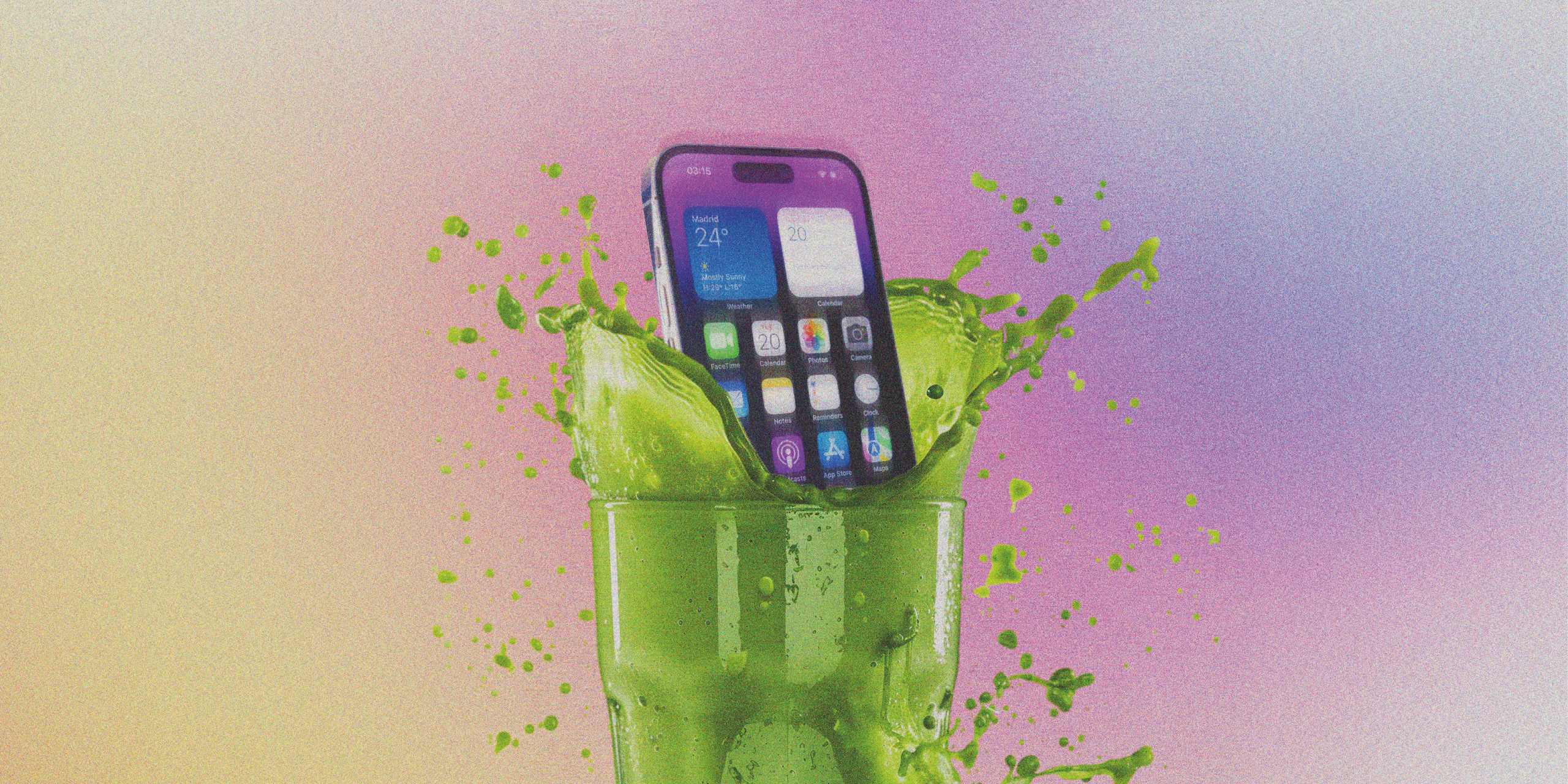You said, “I’m off on holiday.” You set your out-of-office. You downloaded three books onto your Kindle. And yet, there you are: one eye on the sunset, the other on your notifications. If that sounds familiar, you’re not alone. It happens to many of us. Because it’s not just about switching off your phone, it’s about powering down an entire culture. We explored this summer paradox with Nicoletta Brancaccio, Architect and Head of Research at Altis, who helped us understand why disconnecting is so difficult, and how both mental and physical space can make it easier.
Spoiler: we don’t have magic potions or moral lectures. Just a closer look at the patterns that keep us glued to the screen… and how to spot them when the opportunity arises.

The brain doesn’t like stopping
Switching off takes effort, it goes against the way we’re wired. Our brains crave constant stimulation and notifications: each one a micro-reward, a hit of instant dopamine. Turning everything off is like cutting off the oxygen supply to a deeply ingrained habit. But there’s more. As Nicoletta points out: “Disconnecting doesn’t mean doing nothing. It means creating the conditions to process something new. It’s an active pause, not a passive one.” In other words, detox isn’t about halting, it’s about shifting gears. It’s when lateral thinking kicks in: creative solutions that emerge when we break free from our usual patterns. No wonder the best ideas come during a walk or under a beach umbrella, it’s all about timing.
When disruption is a good thing
Space can help us switch off, but it can also make it harder. The truth, says Nicoletta, is that “we don’t need to turn off the Wi-Fi. We need to turn on curiosity. And sometimes, to do that, you need to disrupt. Not by creating discomfort, but by breaking the pattern, surprising people.” That’s when a gap opens up: a new kind of attention is born, an unexpected emotion emerges. “Disruption isn’t a glitch, it’s a generative lever.” Spaces that are too symmetrical, monotonous, or predictable end up dulling us. Changing light, non-orthogonal geometry, or a corridor that splits unexpectedly: these are the elements that can reawaken us. But designing them takes intention: fewer Instagrammable furnishings, more multisensory languages that gently nudge our attention.
Emptiness isn’t wasted time, it’s fertile ground
“To truly regenerate, you need to cross a threshold. And that threshold is made of boredom, silence, emptiness.” Nicoletta reminds us of something counterintuitive: idle moments are essential. They’re a transitional space where the brain stops reacting and starts reorganising — thoughts, memories, emotions. A time that doesn’t produce immediately, but prepares the ground. The problem? No one teaches us this. For it to happen, we need to slow down, but more importantly, we need to feel allowed to. And that’s where the trap lies: we live in a culture of performance. Even our downtime is hyper-planned: over-planned holidays, mindfulness wake-up calls, and to-do lists full of things to tick off. Emptiness is the time of incubation. But to benefit from it, we have to welcome it.
We’re not suggesting you throw your smartphone out the window (tempting as that may be). You don’t need to disappear, you just need to know where to begin again. Detox isn’t just a break from Wi-Fi or a challenge to see who can last longest without opening WhatsApp. It’s a “form of applied clarity”: one that’s physical and relational. “Every action starts with intention. Even empathy is an intentional activation.” That’s why we need to design spaces that don’t just host us, they listen to us. Because in the end, we are natural beings. And as Nicoletta reminds us: “Nature is the highest form of intelligent imperfection.” Maybe it’s time to take our cue from her. And perhaps start small: like finishing this article, and going out to enjoy that sunset, for real.


